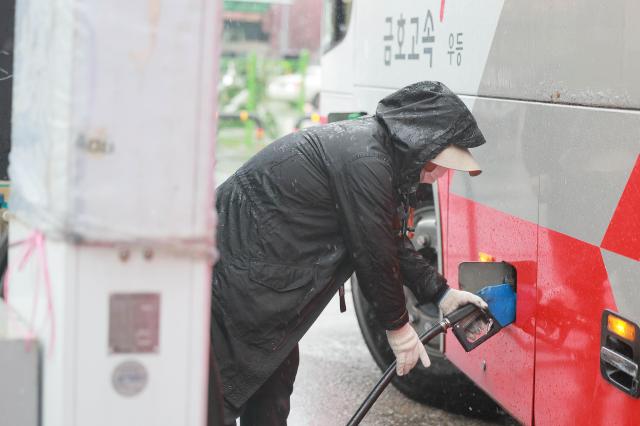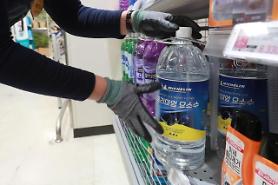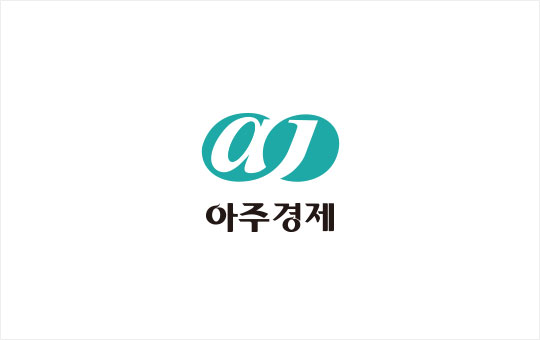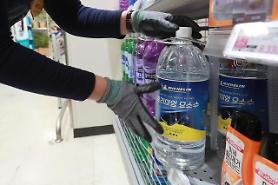
Previously, Beijing stopped exports of urea, vital for the production of aqueous urea solution in 2021, bringing a crippling shortage of products that are critical to the operation of cargo trucks and factory machinery. China is a key supplier of urea, sulfate, and phosphate. China produces urea solution through a series of steps including ammonia synthesis and urea synthesis using coal.
Beijing's curbs on exports of urea were caused by the decreased production of coal in China. The country reduced coal production for various reasons, including the challenges related to air pollution and health concerns, as well as China's commitments to address climate change and increase the country's dependency on renewable energy. As a result, the production of coal decreased while the level of domestic and international demands remained.
Out of about ten million vehicles installed with diesel engines in South Korea, about four million sedans, sport utility vehicles, and trucks are subject to European emission standards and use a diesel exhaust fluid (DEF) made with 32.5 percent urea and 67.5 percent deionized water. DEF is consumed in selective catalytic reduction (SCR) that reduces the amount of nitrogen oxides (NOx), which are harmful pollutants, in diesel exhaust emissions.
According to the South Korean government, China's customs office has recently blocked the shipments of urea from Chinese manufacturers to South Korean buyers without disclosing the reason. The government predicted that Beijing has imposed an export ban on urea due to increased domestic demand for urea. Seoul has requested Beijing to look into the matter regarding the shipment ban of urea but there was no official explanation.
The Ministry of Trade, Industry, and Energy, the Ministry of Economy and Finance, and the Ministry of Foreign Affairs plan to discuss supply chain response measures on December 4, in light of China's recent suspension of customs clearance for urea. The government estimates that the domestic reserves of urea are sufficient for about three months.
Copyright ⓒ Aju Press All rights reserved.




